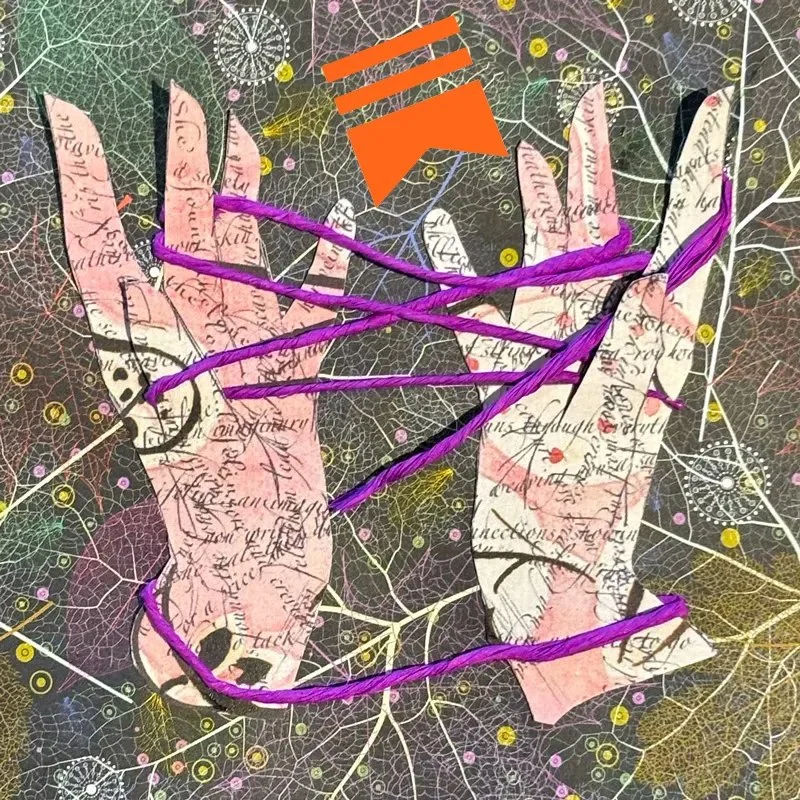On March 20, I invited Dr. Sarah Fay for a lively conversation on "Scholarly Writers on Substack". Sarah Fay, author of the popular Substack Writers @ Work newsletter, is an expert consultant who helps writers flourish on this powerful (but sometimes rather confusing and complicated!) publishing platform.
In the first hour of this free WriteSPACE Special Event, Sarah and I discussed why scholarly writers might choose to publish on Substack and how they can thrive there. In the second hour, we led a hands-on workshop for paid subscribers of our respective membership communities (my WriteSPACE and Sarah’s Substack Writers @ Work) in which we responded to questions about how to get started on Substack and enhance your writing aspirations and goals.
Here’s WriteSPACE Event Manager Amy Lewis’ personal account of the live event:
……………
Some memorable quotes from Sarah and Helen’s conversation:
“Substack may be the university of the future”
“If you’re passionate about academia but struggle to churn out words in a publish-or-perish kind of way, then Substack can alleviate some of this stress.”
“Substack can let the fatigued academic write in a different voice”
……………
In the first hour, Sarah revealed the fascinating evolution of her career as a Substack whisperer, coaching countless writers on how to make their newsletters thrive on the platform. Sarah and Helen then explored all of the fabulous and uplifting reasons why any academic could and should start a Substack newsletter. If you’re an academic, chances are you’re passionate about the niche you write in, and sharing your writing publicly with others isn’t unfamiliar. You’re also no stranger to hard work and can probably squeeze in a once-per-week, or even once-per-month, publishing schedule.
If this sounds like you, Substack may just be the ticket! The thing is, as an expert writer in your field, no one else can do what you do. And your writing probably solves a problem that some people are willing to pay to solve. While Substack can be a great form of additional income, both Sarah and Helen advocate it as a great tool for academics specifically. It can:
Amplify your academic work by reaching new and interdisciplinary audiences
Supplement your academic writing and your writing skills—you could write about your academic work in a different voice or for a different readership, transforming your research into long-form journalism or creative writing
Allow you to take a break from your academic writing life entirely and focus on exploratory, creative, playful writing
In the second hour of this Special Event, Sarah and Helen answered participants’ questions and offered tips and tricks for successful newsletters, including these gems:
Opt for fewer words and more engaging multimedia content (that said, there are readers who love really long rambling posts on Substack. If this is you, try to target your audience. An unfiltered mode of writing can be a great hook for readers).
Re-stacking inspiring posts with a note is a great way to get noticed and join the community. People will likely re-stack your posts in response!
Start from an exploratory place, it’s fine to make changes to your title or subject as you go along.
If you have or are considering your own Substack, do tune into the recording of the live event available in the WriteSPACE under ‘Videos’. At the end of the video, you’ll find Sarah’s writing prompts for analysing your current substack and/or exploring new possibilities.
Thank you to Sarah and Helen for an inspiring and informative exploration of Substack for academic writing, and thank you to all the participants for sharing your comments and engaging questions.
See you again at the next event!
WriteSPACE and WS Studio members can now watch the recording of the full two-hour event in their Video library.
Not a member? Register to receive an email with a link to the video of the first hour.
Better yet, join the WriteSPACE with a free 30 day trial, and access our full Library of videos and other writing resources as part of your membership plan.














